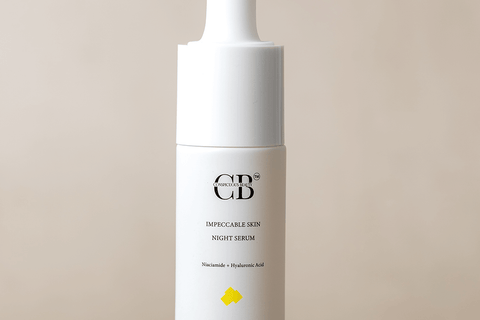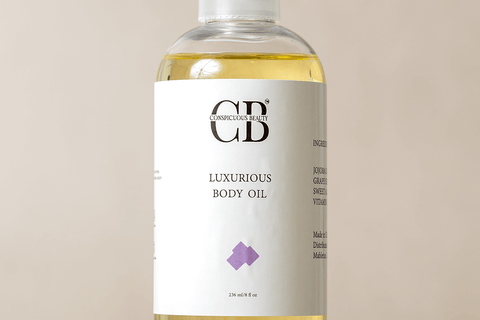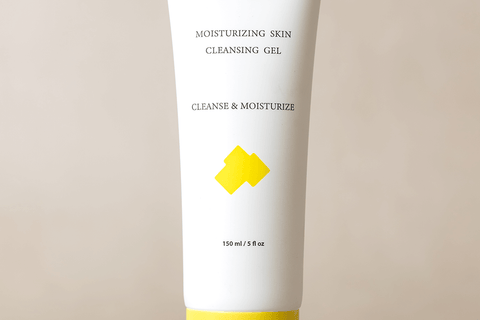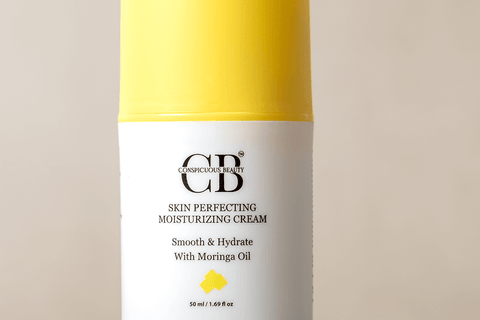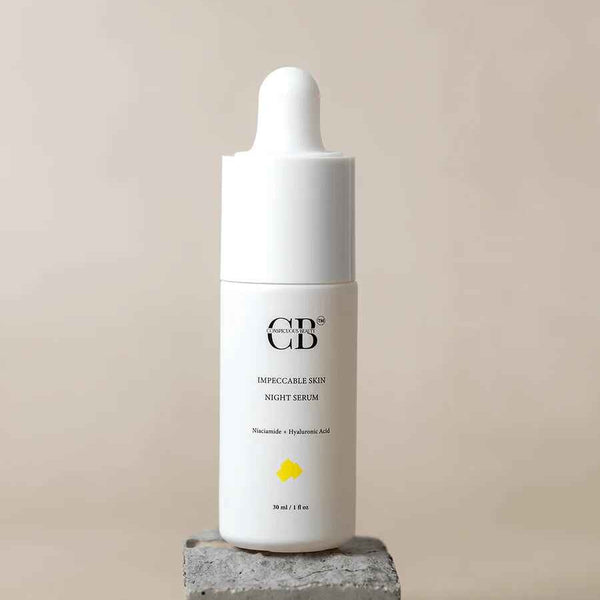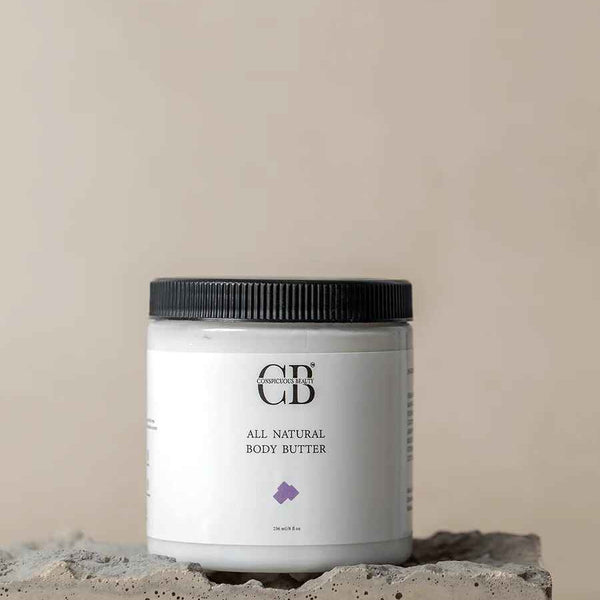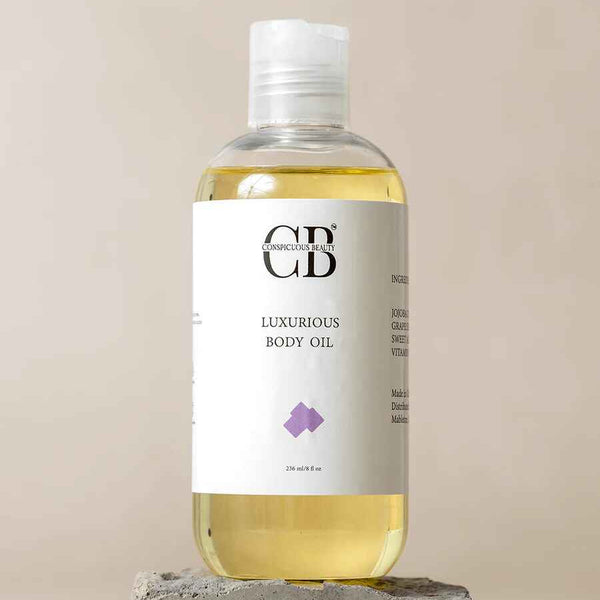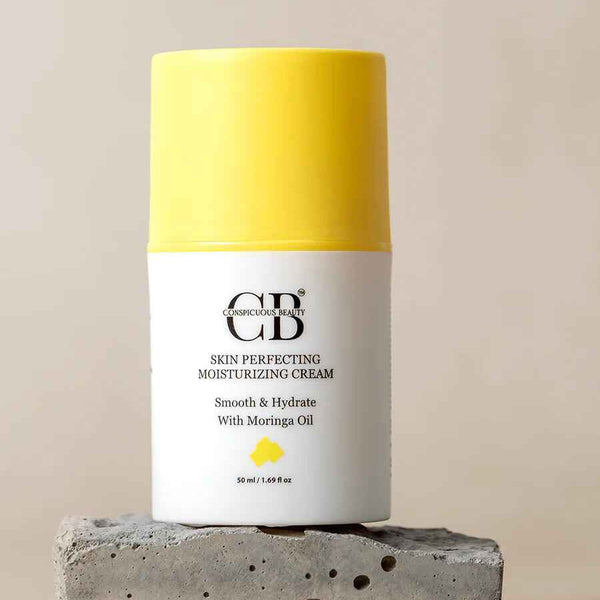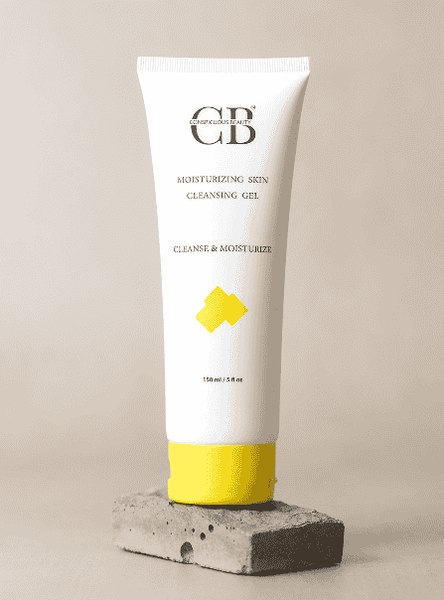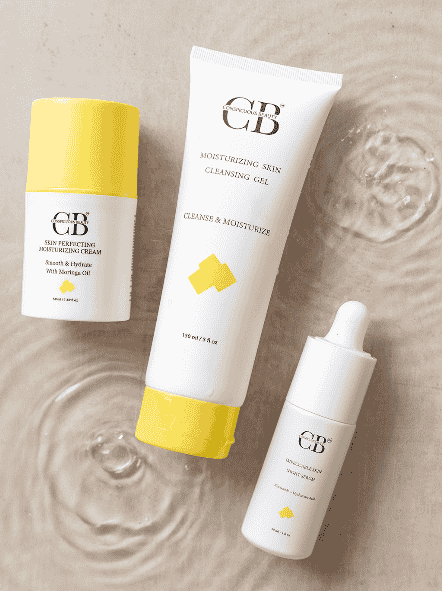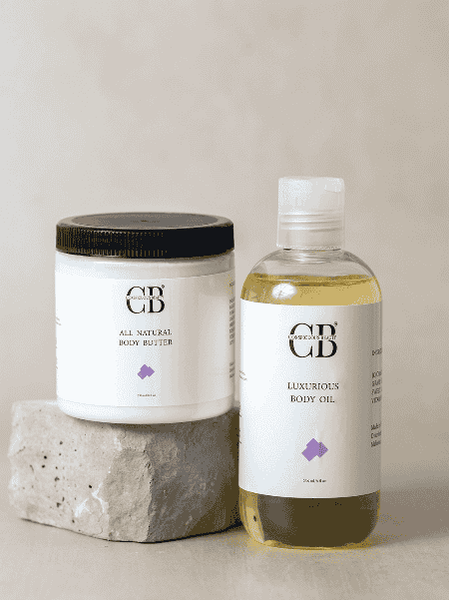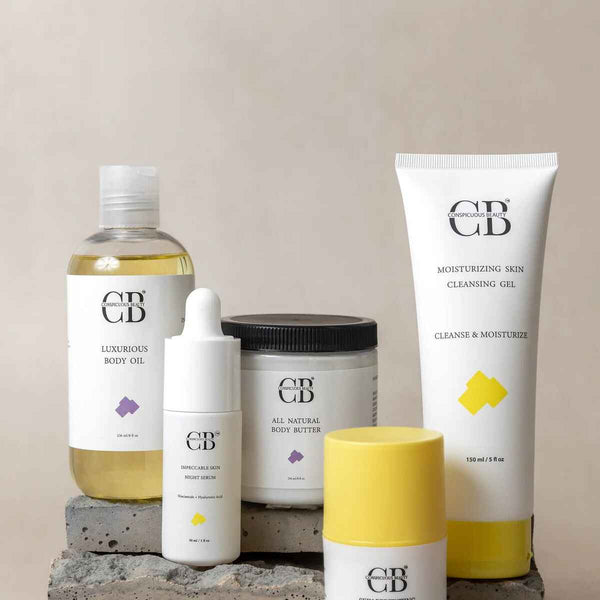When it comes to skincare, one of the most common questions people ask is about serum vs moisturizer. Both sound similar and are used daily by millions, yet they serve different purposes. If you have ever wondered which one to use, when to apply them, or whether you really need both, this article will help you understand everything clearly.
What Is a Serum?
A serum is a lightweight skincare product made with high amounts of active ingredients. These ingredients go deep into the skin to target specific problems such as dullness, wrinkles, dark spots, acne, or dehydration. Because serums have smaller molecules, they can reach deeper skin layers faster than creams or lotions.
Main Features of a Serum
-
Lightweight and fast-absorbing texture
-
Packed with strong active ingredients like vitamins, antioxidants, or hyaluronic acid
-
Targets specific skin concerns
-
Usually applied before moisturizer
-
Gives visible results over time
How a Serum Works
A serum delivers treatment directly to your skin cells. It acts like a booster that provides quick and deep nourishment. While moisturizers focus on keeping the outer skin layer soft and hydrated, serums work underneath the surface to repair, brighten, or firm the skin.
If your goal is to reduce fine lines, fade dark spots, or make your skin glow, a serum should be a regular part of your skincare routine.

What Is a Moisturizer?
A moisturizer is a product that hydrates your skin and locks in moisture to keep it soft, smooth, and protected. It forms a thin layer on your skin that prevents water loss and shields against dryness, pollution, and irritation.
Main Features of a Moisturizer
-
Creamy or lotion-like texture
-
Keeps the skin hydrated and soft
-
Forms a protective barrier
-
Suitable for daily use, morning and night
-
Comes in many forms (cream, lotion, gel) for different skin types
How a Moisturizer Works
Your skin naturally loses water through the day. A moisturizer helps stop that by sealing in moisture. It contains three main types of ingredients:
-
Humectants: pull water into the skin.
-
Emollients: smooth the surface.
-
Occlusives: lock moisture in and prevent dryness.
In short, a moisturizer’s job is to nourish and protect, making sure your skin stays healthy and balanced.

Serum vs Moisturizer: The Real Difference
Many people confuse the two or think one can replace the other. The truth is that serum and moisturizer serve different functions. Let’s see how they differ:
In short, a serum is treatment, and a moisturizer is protection. When used together, they make your skincare routine more powerful and balanced.
Do You Need Both?
The best skincare routines include both a serum and a moisturizer. The serum delivers active ingredients to treat specific problems, while the moisturizer keeps the skin hydrated and healthy.
However, whether you need both depends on your skin type and goals.
-
Dry Skin: You definitely need both. A hydrating serum and a rich moisturizer work together to fight dryness.
-
Oily Skin: A lightweight serum with a gel-based moisturizer is enough to balance oil and moisture.
-
Combination Skin: Use a serum on the whole face and apply a light moisturizer mainly on dry areas.
-
Sensitive Skin: Go for fragrance-free formulas with calming ingredients in both serum and moisturizer.
-
Aging Skin: Use an anti-aging serum with collagen or peptides and a nourishing moisturizer to maintain firmness.
When you combine them, your skin stays hydrated and receives deeper treatment for long-term improvement.
How to Use Serum and Moisturizer Together
To get the best results, it’s important to apply your products in the right order. The general rule is to go from thin to thick textures.
Step-by-Step Routine
-
Cleanse: Wash your face with a gentle cleanser to remove dirt and oil.
-
Tone (optional): If you use toner, apply it now to refresh your skin.
-
Apply Serum: Take a few drops and gently pat it onto your face and neck. Wait 30–60 seconds for absorption.
-
Apply Moisturizer: Massage it in to seal the serum and hydrate your skin.
-
Use Sunscreen (morning only): Finish your daytime routine with sun protection.
Following this order ensures that your serum penetrates the skin properly, and your moisturizer locks it in effectively.
When to Use: Day or Night
Morning Routine
In the morning, use a vitamin C or hydrating serum followed by a lightweight moisturizer. This keeps your skin fresh and protects it from pollution and UV rays. Always finish with sunscreen.
Night Routine
At night, use a repairing or anti-aging serum with ingredients like retinol or peptides, and then a nourishing night cream or moisturizer. This helps your skin heal and renew while you sleep.
Benefits of Using Both Serum and Moisturizer
Using both products consistently can transform your skin. Here’s why:
-
Deep Hydration: Serums hydrate inside, while moisturizers keep that hydration locked in.
-
Faster Results: Serums deliver strong actives directly to skin cells for quicker improvement.
-
Protection from Damage: Moisturizers form a barrier against pollution, dryness, and irritation.
-
Balanced Skin: The combination prevents both dryness and oiliness.
-
Healthier Glow: Regular use brings smooth, radiant, and even-toned skin.
Common Mistakes to Avoid
Even with the right products, many people make small mistakes that reduce results. Avoid these:
-
Applying moisturizer before serum (wrong order)
-
Skipping moisturizer thinking serum alone is enough
-
Using too many active serums at once
-
Forgetting sunscreen after morning routine
-
Not choosing products according to skin type
Consistency and correct application matter more than the number of products you use.
How to Choose the Right Products
Choosing a Serum
Start by identifying your main skin concern, such as dark spots, dullness, aging, or acne. Then, choose ingredients that target your goal.
Hyaluronic acid provides hydration, while vitamin C brightens the skin. Retinol helps reduce signs of aging, and niacinamide smooths texture.
If you have sensitive skin, start with a gentle formula. Use your products regularly for the best results.
Choosing a Moisturizer
Match the texture of your moisturizer to your skin type for the best results. Gels work well for oily skin, lotions are great for combination skin, and creams are ideal for dry or mature skin.
Look for nourishing ingredients like glycerin, ceramides, or shea butter to keep your skin hydrated and smooth. If you have sensitive skin, avoid products with heavy fragrances. Apply your moisturizer twice a day to maintain lasting softness and healthy skin.
Example Skincare Routine Using Both
Morning:
-
Cleanser
-
Brightening serum (Vitamin C)
-
Light moisturizer
-
Sunscreen
Night:
-
Cleanser
-
Hydrating or anti-aging serum
-
Nourishing moisturizer
By following this simple routine, your skin stays glowing, firm, and healthy throughout the day.
Final Thoughts on Serum vs Moisturizer
When it comes to serum vs moisturizer, the best approach is not to choose one over the other but to use both correctly. Serums give your skin the treatment it needs, while moisturizers lock in all the benefits and keep your skin barrier strong.
A serum without a moisturizer may leave your skin exposed, and a moisturizer without a serum may not deliver deeper results. The combination helps you achieve clear, hydrated, and youthful-looking skin.
So, if you want to improve your skincare routine, start simple:
-
Cleanser
-
Serum
-
Moisturizer
-
Sunscreen (morning only)
With regular care and the right products, you’ll notice smoother, brighter, and more balanced skin in no time.
